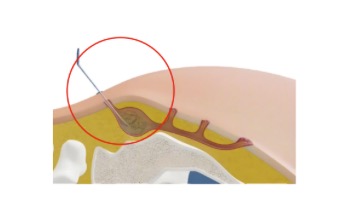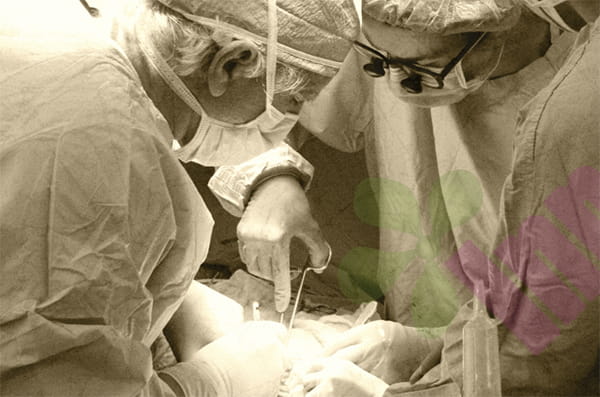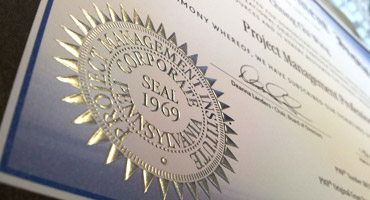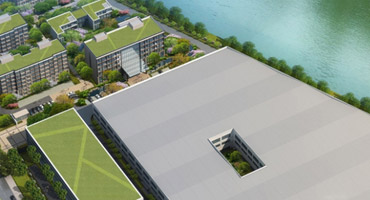Pilonidal cysts are a special type of cyst that develops in the sacrococcygeal cleft, often affecting young men, particularly those with dense body hair and sedentary occupations. While not life-threatening, recurrent episodes can cause persistent distress to patients.

What is a pilonidal cyst?
A pilonidal cyst is essentially a sinus or cyst that forms within the subcutaneous tissue of the sacrococcyx, which may contain hair, skin debris, and secretions. The pathogenesis is not fully understood, but it is currently believed to be related to trauma caused by hair piercing the skin and repeated friction. It is typically located at the apex of the intergluteal cleft, near the end of the coccyx. Initially, it may manifest as a localized nodule or small depression, often difficult for the patient to detect.
What symptoms might indicate a pilonidal cyst?
Early symptoms include persistent dull pain in the sacrum and coccyx, which worsens when sitting or lying supine. A localized induration may be palpable, and the overlying skin may be red. During the acute infection phase, pain intensifies, and abscesses form, accompanied by significant swelling. In severe cases, systemic symptoms such as fever and fatigue may occur. In the chronic phase, one or more sinus tracts may be visible, with a continuous discharge of serous or purulent secretions. In some patients, hair may be seen protruding from the skin within the sinus tracts.
Which groups of people are prone to the disease?
The incidence rate is significantly higher in young men than in women, with the most common age group being 15-30 years. Those with dense, coarse body hair are at increased risk. People in sedentary occupations, such as drivers and office workers, are more susceptible. Obesity and deep gluteal clefts are also risk factors. Poor personal hygiene may increase the risk. Those with a family history of the disease are more likely to develop the disease.
How to deal with the acute infection period?
When an abscess forms, prompt incision and drainage are necessary. Under local anesthesia, appropriate incisions are made to fully drain the pus. Hair and necrotic tissue within the cyst cavity are removed. A drainage strip is placed to ensure unobstructed drainage. Use sensitive antibiotics as appropriate to control infection. Change the dressing daily after surgery and monitor wound healing. If significant pain is present, analgesics can be used to relieve symptoms.
What are the surgical treatment options?
Sinus resection is indicated for chronic patients with recurrent episodes. Complete excision of the sinus tract and surrounding diseased tissue is performed. The wound may be sutured directly or left open. Marsupialization is a commonly used procedure, involving excision of the sinus tract roof and suture of the skin to the base of the cyst wall. This procedure offers a shorter healing time and a relatively low recurrence rate. Skin flap transfer is used in complex or recurrent cases, transferring healthy tissue to cover the defect. Each procedure has its own advantages and disadvantages, and the choice should be based on the specific circumstances.

What should I pay attention to during postoperative care?
Keep the wound dressing clean and dry, and change it on time. Avoid sitting for long periods of time and use a hollow cushion to relieve pressure. Avoid strenuous exercise within two weeks after surgery. Trim the surrounding hair regularly to reduce the risk of recurrence. Keep the area clean and dry, and wash it daily. Trim the hair in the gluteal cleft area regularly, recommended every 2-3 weeks. Avoid sitting for long periods of time and get up and move around every 1-2 hours. Control your weight to reduce local friction and pressure. Wear loose, breathable underwear. Pay attention to early symptoms and deal with them in a timely manner.
For more information on Innomed®Hydrocolloid Dressing Ultra-thin, refer to the Previous Articles. If you have customized needs, you are welcome to contact us; You Wholeheartedly. At longterm medical, we transform this data by Innovating and Developing Products that Make Life easier for those who need loving care.
Editor: kiki Jia

 English
English عربى
عربى Español
Español русский
русский 中文简体
中文简体








